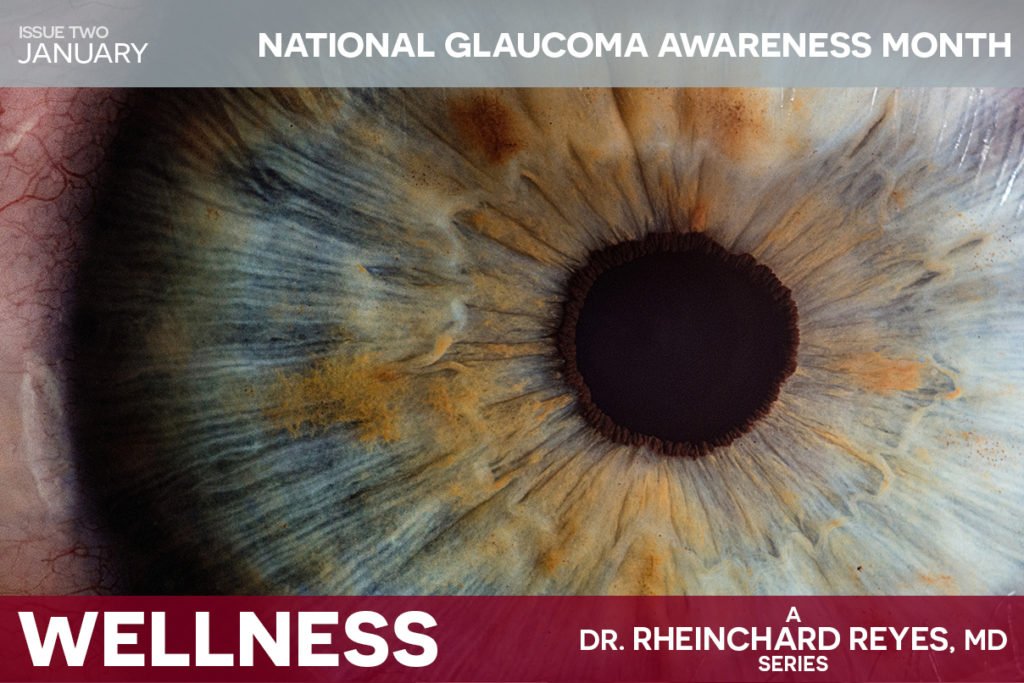January has been declared National Glaucoma Awareness Month. This, of course, means that all medical professionals have a responsibility in helping to spread the word and finding a cure.
Numbers
This may not be the most obvious candidate of ‘where to set your sights on’, but the figures speak a thousand words. Today, this disease affects over 3 million Americans (60 million worldwide). Projections for 2030 put it at 4.2 million, a staggering 58% increase. Moreover, the number of legally blind for glaucoma is now set at 120,000 patients, that is, between 9-12% of all cases of blindness. It is the second leading cause of blindness in the world according to the World Health Organization. Finally, it is also important to note that this is a condition that notably affects our entire African American population —as well as Hispanics in the older age bracket— to the tune of 6 to 8 times more than Caucasians.
Other higher risk groups include:
* Asians
* Siblings and family members of people diagnosed with glaucoma
* Anyone over the age of 60
* Diabetics
* Myopics in general, but especially severely nearsighted cases
* Farsighted patients
* People with low blood pressure, in relation to eye pressure
So, What is Glaucoma?
It has been termed a “sight-stealing disease” as well as “the sneak thief of sight”.
Glaucoma is an ensemble of eye conditions that damages the optic nerve. It is, coincidentally, the main nerve to the eye, responsible for transferring images from the eye to the brain. There are four types of glaucoma, but the most prevalent is primary open angle glaucoma (POAG).
Many cases go undetected, as there are no symptoms or pain until it is very advanced. A person can lose as much as 40% of vision without him/her noticing, experiencing episodes of misty and patchy vision and even the loss of central vision, although this is quite rare. Now, once vision is lost, it is the main cause of onset, irreversible blindness. There is no real treatment for glaucoma yet, but medication that is more potent and improved surgical solutions have been developed over the last few years.
Getting Tested
Of course, a comprehensive eye examination with your healthcare provider or an optometrist is the best course of action.
There are three common eye tests:
1. Ophthalmoscopy: looks at the appearance of the optic nerve
2. Tonometry: measures eye pressure
3. Perimetry: measures the field of vision
They are quick and painless. This will enable you to ascertain if you have glaucoma, even in the mildest of forms. Treatment can begin immediately. The majority of people with glaucoma will be treated with eye drops for life. If these do not prove successful, the only real solution is to start contemplating laser and/or surgical procedures.
For further information, or if you want to contribute in spreading the word, please refer to any of the national or local glaucoma organizations and their literature and resources online.
Sources:
https://www.glaucoma.org/news/glaucoma-awareness-month.php
https://www.glaucoma-association.com/about-glaucoma


